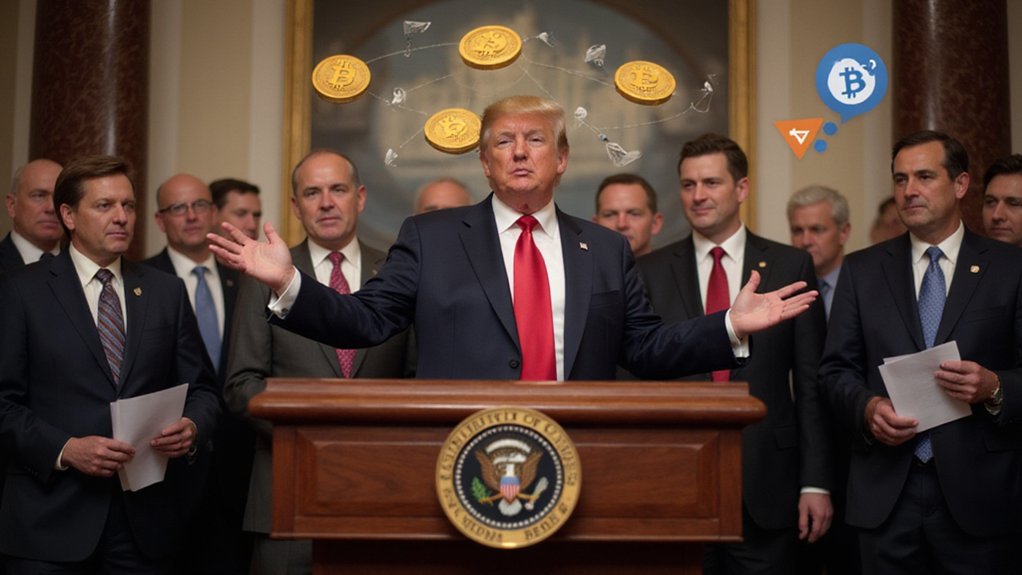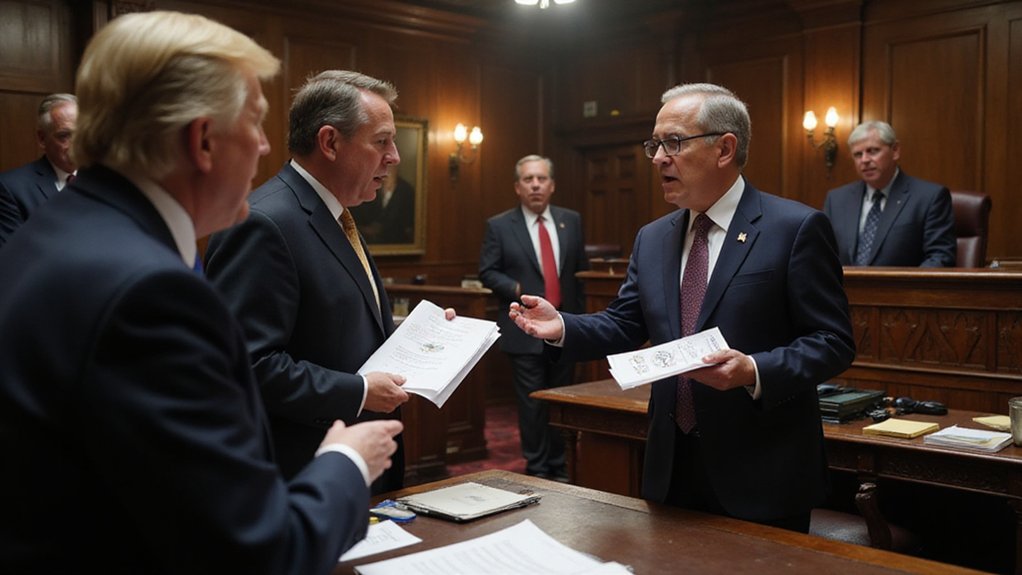While Donald Trump has delivered on numerous cryptocurrency campaign promises—signing the GENIUS Act, establishing a Digital Asset Working Group, and releasing an extensive 160-page regulatory roadmap—one striking absence looms over his administration’s otherwise impressive crypto legislative blitz.
The missing piece? Trump’s much-vaunted federal Bitcoin stockpile, a proposal that generated considerable excitement among digital asset enthusiasts during his campaign. Despite early executive actions that ostensibly supported a “strategic Bitcoin reserve,” the administration’s thorough policy document conspicuously omits any concrete details regarding federal cryptocurrency accumulation plans.
This omission proves particularly striking given the thoroughness of the 160-page report, which addresses virtually every other aspect of crypto regulation with meticulous detail. The document establishes clear jurisdictional boundaries between the SEC and CFTC, advocates for regulatory sandboxes to accelerate innovation, and outlines frameworks for stablecoin oversight—yet remains notably silent on Bitcoin stockpiling mechanisms.
The Trump administration’s Digital Asset Working Group, helmed by venture capitalist David Sacks in his capacity as “Crypto and AI Czar,” has certainly maintained an ambitious agenda. High-level coordination between Treasury, Commerce, and regulatory bodies has yielded tangible results: the GENIUS Act’s stablecoin provisions, promises of additional congressional measures, and systematic rollbacks of Biden-era enforcement policies. The Working Group must submit its comprehensive report to the President within 180 days on the regulatory framework. The act represents the first major congressional overhaul of cryptocurrency rules in U.S. history.
Indeed, Trump’s broader vision of America becoming the “crypto capital of the world” appears well-positioned for realization through legislative channels. The administration’s embrace of decentralized finance, coupled with regulatory safe harbors designed to expedite innovative product launches, suggests a thorough understanding of digital asset markets’ potential. With institutional capital increasingly flowing into cryptocurrency markets following ETF approvals, the timing for comprehensive reform appears strategically aligned.
Yet the Bitcoin reserve proposal‘s conspicuous absence from official policy documents raises intriguing questions about implementation feasibility. Was this campaign rhetoric designed primarily for constituency appeal, or do practical considerations—budgetary constraints, Treasury coordination complexities, market impact concerns—present insurmountable obstacles?
While Trump’s crypto agenda has undeniably gained impressive momentum through traditional regulatory channels, the missing Bitcoin stockpile represents perhaps the most audacious element of his digital asset vision. Whether this absence reflects strategic timing or quiet abandonment remains unclear, though crypto advocates may find themselves wondering when—or if—federal Bitcoin accumulation will shift from campaign promise to policy reality.









